Ho Chi Minh City: In the short term, land price list does not increase input costs of production.
From now until the end of 2027, Ho Chi Minh City's adjusted land price list will not affect non-agricultural land tax for production and business enterprises.
That is the affirmation of the Department of Natural Resources and Environment of Ho Chi Minh City when answering questions about adjusting land prices in the city.
Accordingly, during the consultation process, many comments said that the new land price list will have a great impact on real estate businesses, the real estate market as well as production and business enterprises. When land prices are high, meaning high input, output will be high, which will directly affect buyers. From there, the selling price of products will be very high.
Land price list does not increase real estate prices
According to the Department of Natural Resources and Environment, for real estate businesses, the adjustment of land price list does not affect real estate businesses because land use fees for real estate projects are determined by the surplus method.
Therefore, the result of determining the value of land use rights according to the surplus method, whether higher or lower than the land price in the land price list, does not have to be adjusted according to the land price in the land price list.
In addition, the agricultural land price in the adjusted land price list is higher than before, making the land rent gap more harmonious than in reality, which leads to more transparent, public, fair and reasonable deductions for real estate businesses when fulfilling financial obligations.
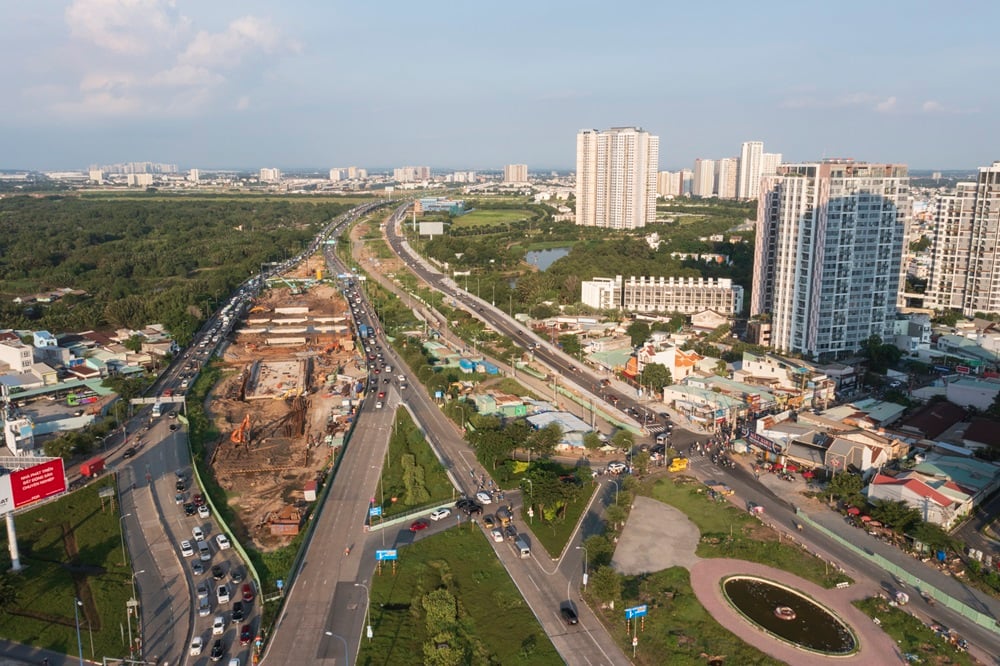 |
| The Department of Natural Resources and Environment affirmed that adjusting the land price list according to actual local prices does not affect the real estate market. Photo: Le Toan |
The Department of Natural Resources and Environment believes that the real estate market operates on the principle of supply and demand, therefore, input costs to create real estate are calculated on the basis of market prices.
For example, if the input cost is land, real estate businesses must also negotiate with land users or when land is allocated or the purpose of land use is changed, state agencies must determine the specific land price - market price for businesses to pay land use fees.
On the other hand, when applying the surplus method to determine land prices, land prices are not bound by the land price list because most real estate business projects, when determining land prices, apply the surplus method.
Therefore, adjusting the land price list according to the actual local land price does not affect the input costs of the real estate market, while the output products operate according to the supply-demand principle.
Adjusting land price list according to actual local price does not affect the real estate market.
Will adjust tax rates in accordance with economic situation
For manufacturing and trading enterprises, land price is one of the input costs of production, trade and service business. These costs are in principle costs according to market prices.
Therefore, in 12 cases of applying the land price list, there are 2 cases that will affect the input costs of production and business activities, which are calculating land use tax and calculating land rent when the State leases land and collects annual land rent.
If land prices increase, these taxes will increase, leading to increased input costs for production.
However, in the short term, the Department of Natural Resources and Environment believes that the adjusted land price list has not yet had any impact on the calculation of land use tax.
Specifically, the previous non-agricultural land use tax rate was determined by the formula of 0.03% x price in the land price list x land area within the limit (area outside the limit is 0.15%).
However, the Law on Non-agricultural Land Use Tax, effective from January 1, 2012, also stipulates a land price list for non-agricultural tax calculation to be stable for 5 years from the effective date.
Up to now, the land price list according to Decision No. 02/2020 is being applied in the 3rd cycle and will end on December 31, 2027 and this new land price list will not be applied until January 1, 2028 for the next 5-year cycle.
Therefore, the adjusted land price list will not affect non-agricultural tax collection from now until the end of 2027.
The Department of Natural Resources and Environment recognizes that this case has an impact on all people and production and business activities of the economy. However, these costs remain stable as before, so there is no negative impact on the City's economy.
In the case of calculating land rent when the State leases land and collects annual land rent, Decree No. 46/2014/ND-CP of the Government stipulates that the land rent price is calculated as a percentage of the land price (from 1% to 3%), so the City People's Committee issued Decision No. 50/2014 regulating the land rent and water surface rent prices in the City, accordingly stipulating the rate from 1% to 2%.
Currently, Decree No. 103/2024 stipulates that land rental prices are calculated as a percentage of land prices (from 0.25% to 3%).
Therefore, to avoid disruption of production and business activities, creating conditions for economic recovery and development, in the process of drafting relevant legal documents, the City People's Committee will adjust the tax collection rate to suit the socio-economic situation in the City.
Considering the overall economy of the City, land rental prices affect most of the production and business activities. Therefore, solving this problem will ensure stable production and business activities because it does not increase land rental costs.
The adjusted land price list has ensured the harmony of interests between the State, land users and investors. Therefore, the State will regulate the land rent difference to invest in infrastructure, creating motivation for socio-economic development in the City to serve the interests of the City's people.
Thus, when the above problem is solved, the Land Price List will have a positive impact on the City's economy, mobilizing resources to create momentum for the City's economy to recover and develop; manufacturing enterprises and foreign-invested enterprises (FDI) will not be affected, because input costs related to land use tax will not increase.
Source: https://baodautu.vn/batdongsan/tphcm-trong-ngan-han-bang-gia-dat-chua-lam-tang-chi-phi-dau-vao-cua-san-xuat-d224052.html



![[Photo] Prime Minister Pham Minh Chinh receives delegation from the US-China Economic and Security Review Commission of the US Congress](https://vphoto.vietnam.vn/thumb/1200x675/vietnam/resource/IMAGE/2025/5/7/ff6eff0ccbbd4b1796724cb05110feb0)
![[Photo] General Secretary attends the parade to celebrate the 80th anniversary of the victory over fascism in Kazakhstan](https://vphoto.vietnam.vn/thumb/1200x675/vietnam/resource/IMAGE/2025/5/7/dff91c3c47f74a2da459e316831988ad)



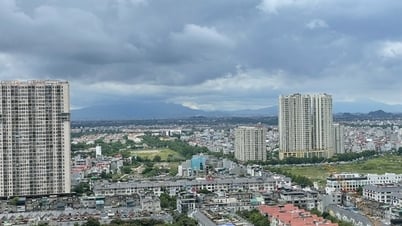


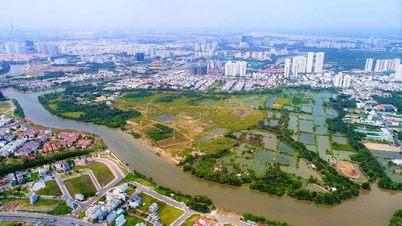


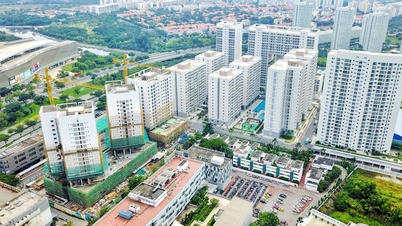

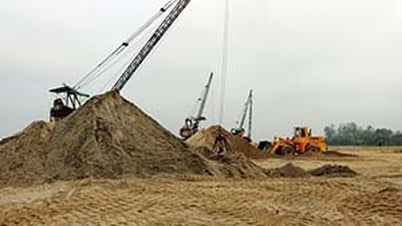
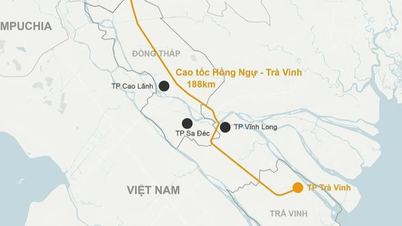














![[Photo] Sparkling lanterns to celebrate Vesak 2025](https://vphoto.vietnam.vn/thumb/1200x675/vietnam/resource/IMAGE/2025/5/7/a6c8ff3bef964a2f90c6fab80ae197c3)






















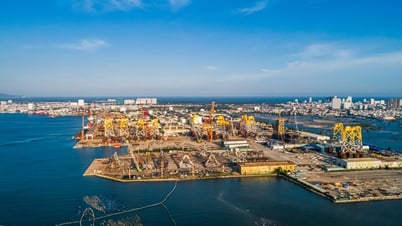





















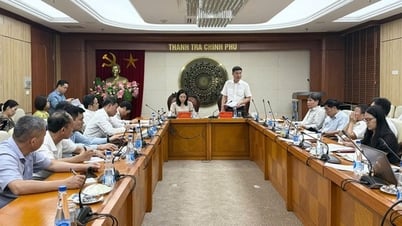


















Comment (0)